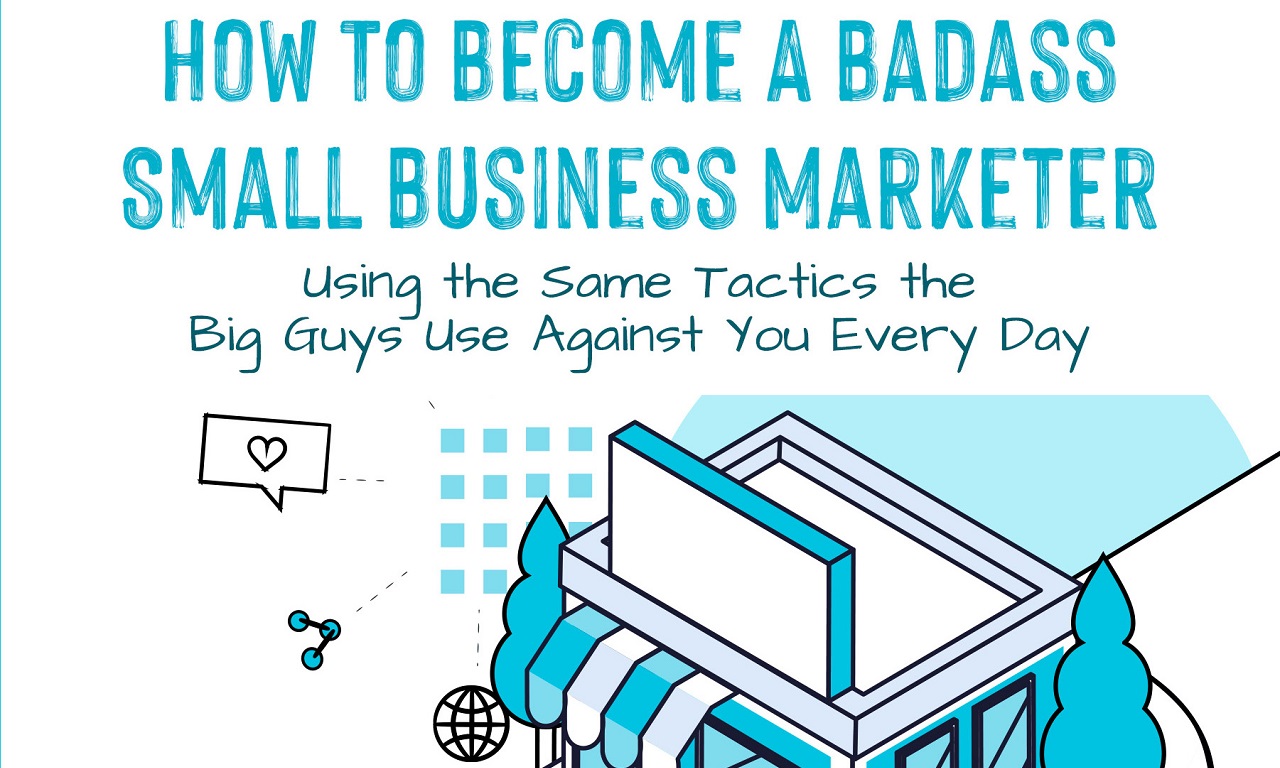It’s very common for me to sit down with a business owner who says something like, “I don’t understand. When I type [search term] into Google, it doesn’t show my website and that’s our business! That’s what we do! Why does Google show this other [stuff]? That company is terrible, and this company doesn’t even do what we do?!”
The answer is quite simple. Google can’t (perhaps better said as won’t) show what it doesn’t know (or have strong confidence that what it knows is correct).
Knowing = Awareness + Favorable Opinion + High Confidence
Awareness. Google® and other search engines are constantly crawling and indexing content, including your website, your social media pages and posts, and everything else that makes up part of your Digital Footprint. They’re also following all the links, too.
Favorable Opinion. As these search engines index content, they are forming opinions about it – often referred to as credibility scores, or rank. Whatever term you use for it, it’s a score that gets compared with all other possible responses to a search, and that plays a large role in determining your “search rank,” organically.
High Confidence. These search engines also maintain a confidence rating for each important piece of information they know about you. This includes obvious things like your phone number, address, business hours (we’ve already discussed a lot of these), but really everything has a confidence score.
The combination of these three elements adds up to how well Google® and other search engines “know you.” When they know you, they’ll show you.
Establish a Baseline of How Well Google® Knows You
Let’s start by doing a little experiment that will help you know if your relationship with Google is good, bad, or ugly.
Repeat the following steps from your home and office, using your phone, PC/laptop, and any other devices you have, and have your spouse/significant other do the same:
Now have all your employees go home tonight and do the same experiment. Look for variations in the results they see, depending on where they live, their genders, their ages, and other variables. There is no single set of organic search results; Google® customizes results by factoring in everything it knows about the user who is searching, including their own web history, demographics, location, and countless others. It’s also important to note that they are not at all transparent about how their internal algorithms truly work. Anyone who tells you they know exactly what factors are considered and how is not likely to really know.
Now Set Some Goals
Once you know your starting position, determine where you feel Google® needs to know you better. For example, let’s say you own a swimming pool design and installation company and you have these three primary revenue streams:
Swimming Pool Design & Installation (In-Ground)
Swimming Pool Maintenance (All Pools)
Hot Tubs & DIY Pool Maintenance Supplies + Accessories (Walk-In Showroom)
Let’s say you do your baseline study and determine that you’re performing really well on the first two areas (organically), but when you type “hot tubs” into the search engine your business is essentially non-existent. How do you go about fixing that?
Let’s start by considering how most people interact with the search results page, so that we understand what we want our goals to be…
How People Commonly Interact with the Search Results Page
Interaction with desktop search results is completely different than mobile search results. So let’s consider each of those environments separately. The breakdown is roughly 75% mobile, 25% desktop/tablet. For the purposes of this analysis, I’m saying that the tablet environment is most similar to the desktop environment.
DESKTOP ENVIRONMENT. In the desktop environment, users will typically see up to 3 paid ads in the top left. Less than 10% of the time are these ads engaged by the user; the top ad most often, the bottom ad next, and the middle ad last.
The other 90%+ of the time, users engage elsewhere on the page.
Unique to the desktop environment, there is space for the search engine to provide a number of different enhanced results. For that reason, we commonly see that desktop searchers can be much more valuable for us. When your Digital Footprint is well-optimized, that tends to mean searches where you are shown include all or most of the following:
MAP LISTING. Desktop results will typically show between 3-5 businesses with dots and a directory listing underneath. Our goal is to always be listed here. Making sure you’ve designated your trading area in Google® Search Console and Google® My Business can impact this positively.
BUSINESS LISTING. Desktop results will typically pull out the business listing of one of those featured businesses on the map. Making sure your Google® My Business listing is fully-optimized increases the likelihood that your business will be chosen most often, especially if your competitors have poor listings with low confidence.
RELEVANT POST. Exclusively in the Google® environment, if you’ve posted an article that is relevant to the search term that will often get pulled out into the right column and displayed for the searcher. We find these are frequently a great way to differentiate you from competitors.
RELEVANT OFFER. In most search environments, you can also feature an offer via your directory listing. If offers make sense for your business, this can provide another reason for Google® to highlight your business over competitors.
Creating as many ways to clutter up the desktop search results page maximizes the likelihood that this customer prospect ends up engaging you. All of these items listed above are helpful with that. Once you get to the organic search results, in the desktop environment users will typically see approximately 8-12 options.
In the desktop environment, users most commonly click the top organic result, and rarely click below the 5th listing. Therefore, our goal for most clients is to have as many of those top five listings be us; for example, our website, our Facebook® page, an article in our website blog that is specific to the search term, our Twitter® or Instagram® page, and in some cases articles we’ve placed in local media that feature us as experts and ultimately back-link to our website or other Digital Footprint assets.
MOBILE ENVIRONMENT. In the mobile environment, most of the enhanced features go away except for map listings. Users typically see up to 3 ads, followed by the map listing, followed by 3-5 organic search results (that require a scroll down to view).
Therefore, in the mobile environment it becomes critical to focus on the map listing and the top 3 organic listings. Essentially 100% of the engagement in the mobile environment happens on the first page and we can’t rely on enhanced features as much.






